Keeping our surroundings clean is crucial for our health and well-being. It’s essential for businesses to maintain a clean environment to provide a safe and pleasant experience for their customers. While cleaning can be a challenging task, especially when dealing with tough stains and dirt, electric cleaning equipment has made it much easier and more efficient. Here we discuss some most common electric cleaning equipment that will help you a lot.
In this article, we will delve into the various types of electric cleaning equipment, their functionalities, and their benefits to help you make informed decisions about the equipment that can best serve your cleaning needs.
Table of Contents
The List of Common Electric Cleaning Equipment
When it comes to housekeeping and cleaning tasks, having the right equipment can make a significant difference in efficiency and effectiveness. In the below list, we are discussing electric cleaning equipment that is commonly used for domestic cleaning.
1. Vacuum Cleaners
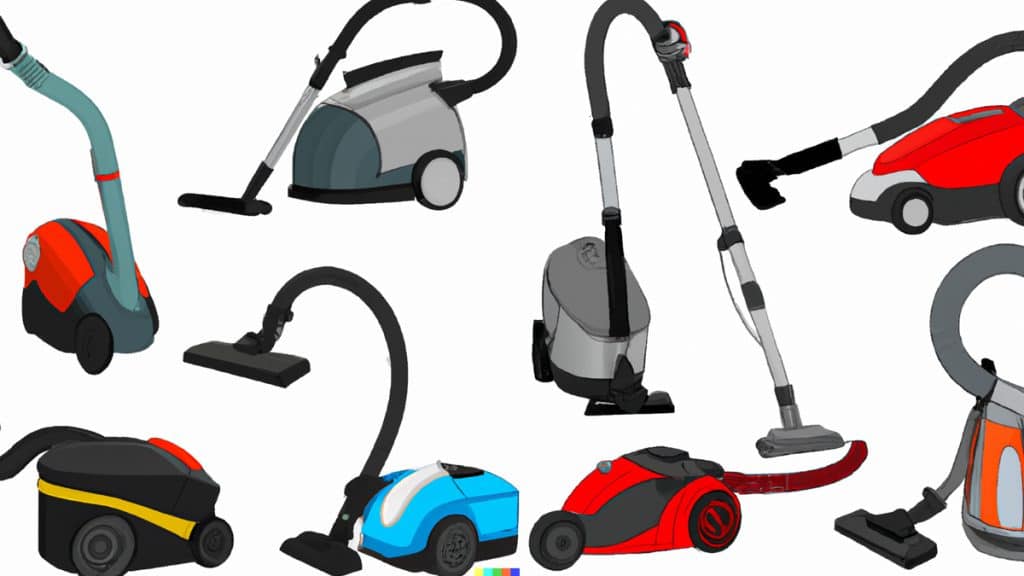
Vacuum cleaners are common and essential electric cleaning equipment used in homes, offices, and public spaces. They are designed to remove dust, dirt, and other debris from floors, carpets, upholstery, and other surfaces.
How do Vacuum Cleaners work?
Vacuum cleaners work by creating a suction that pulls in air and any debris it contains. The air is then filtered through a bag or canister, which traps the dirt and dust particles while allowing clean air to be released back into the room. The suction is created by an electric motor that powers a fan or impeller, which draws in the air and debris.
Different types of vacuum cleaners:
There are different types of vacuum cleaners available on the market today, each with its unique features and benefits. Some popular types include:
1. Upright vacuums: These are the most common type of vacuum cleaners and are ideal for cleaning carpets and large areas. They come with a motorized brush roll that agitates the carpet fibers, making it easier to remove embedded dirt and debris.
2. Canister vacuums: These are versatile and can be used to clean floors, carpets, upholstery, and other surfaces. They consist of a motorized unit that is connected to a wand and hose, allowing you to reach tight spaces and corners.
3. Handheld vacuums: These are small, lightweight, and portable, making them ideal for quick cleanups and hard-to-reach areas such as stairs, car interiors, and furniture.
4. Robotic vacuums: These are autonomous devices that can be programmed to clean floors and carpets automatically. They use sensors and cameras to navigate around obstacles and avoid falling down stairs.
Advantages and disadvantages:
Vacuum cleaners offer several advantages, including:
- Efficient and effective cleaning: Vacuum cleaners can remove dirt and dust particles that are too small to be seen by the naked eye. They also have powerful suction that can remove embedded debris from carpets and upholstery.
- Time-saving: Vacuum cleaners can clean large areas quickly and efficiently, saving you time and effort.
- Health benefits: Vacuum cleaners can improve indoor air quality by removing allergens, pet dander, and other pollutants that can cause respiratory problems.
However, vacuum cleaners also have some disadvantages, including:
- Noise: Vacuum cleaners can be noisy, which can be a nuisance to people in the vicinity.
- Cost: Some types of vacuum cleaners can be expensive, making them a significant investment.
- Maintenance: Vacuum cleaners require regular maintenance, such as cleaning filters and replacing bags or canisters.
Vacuum cleaners are essential electric cleaning equipment that comes in different types suitable for various needs. They offer several advantages, including efficient and effective cleaning
2. Floor Scrubbers
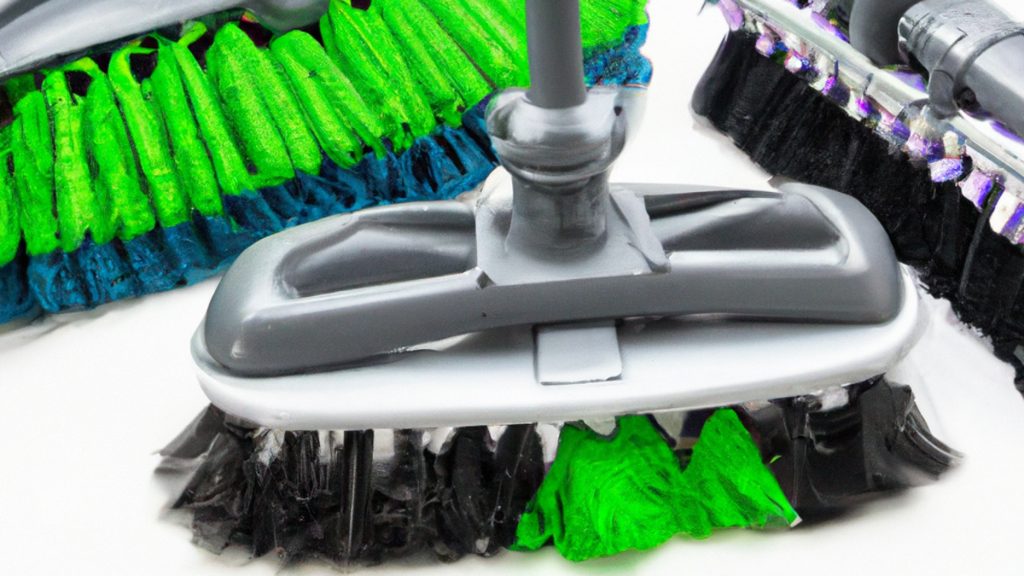
Floor scrubbers are electric cleaning equipment used to clean and maintain floors in various commercial and industrial settings. These machines use a combination of water and cleaning solutions to scrub and clean floors, making them ideal for large areas that require frequent cleaning.
How do floor scrubbers work?
Floor scrubbers work by combining the use of water and cleaning solutions with rotating brushes or pads. The machine sprays water and cleaning solution onto the floor as it moves forward, while the brushes or pads scrub the surface to remove dirt and debris. The machine then vacuums up the dirty water, leaving the floor clean and dry.
Different types of floor scrubbers
There are two main types of floor scrubbers: walk-behind and ride-on. Walk-behind scrubbers are smaller and require an operator to push them around the cleaning area. Ride-on scrubbers, on the other hand, are larger and allow the operator to sit on the machine while driving it around the cleaning area.
Floor scrubbers also come in different sizes and shapes to accommodate various floor types and cleaning needs. Some scrubbers are designed for hard floors, such as concrete or tile, while others are designed for softer floors, such as carpet.
Advantages of using floor scrubbers
One of the biggest advantages of using floor scrubbers is their ability to clean large areas quickly and efficiently. They can cover a lot of ground in a short amount of time, which is ideal for commercial and industrial settings where time is of the essence.
Another advantage of using floor scrubbers is their ability to remove stubborn stains and dirt from floors. They are more effective than traditional mopping methods, making them an excellent choice for high-traffic areas that require frequent cleaning.
Disadvantages of using floor scrubbers
The main disadvantage of using floor scrubbers is that they can be expensive to purchase and maintain. They require regular maintenance, such as replacing brushes or pads and cleaning out the machine’s tanks after each use, which can be time-consuming and costly.
Additionally, floor scrubbers can be noisy and may require hearing protection for the operator. They also require a significant amount of storage space, which can be an issue for smaller facilities.
3. Pressure Washers
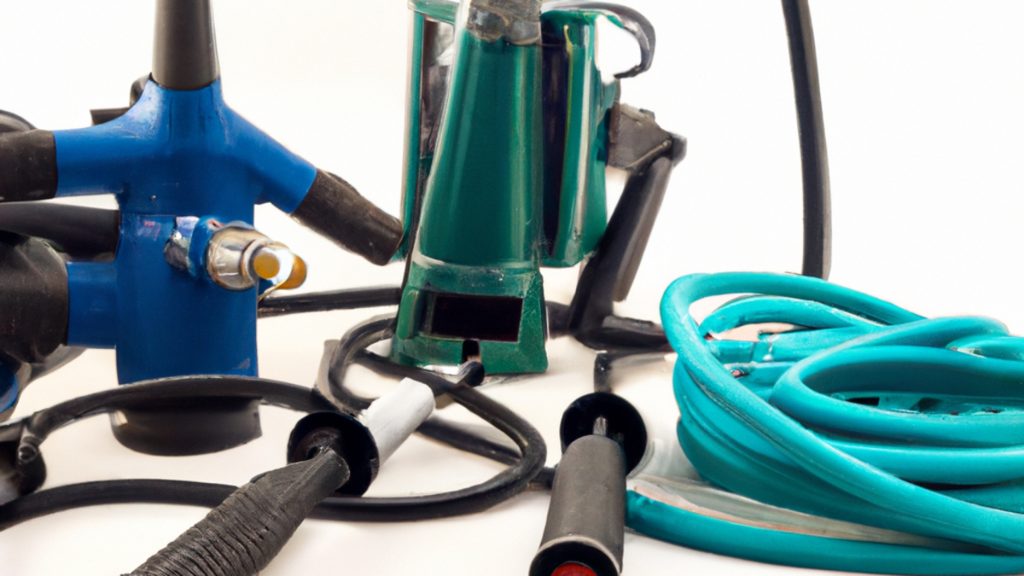
Pressure washers are a type of electric cleaning equipment that uses high-pressure water sprays to remove dirt, grime, and other types of stubborn stains. They are commonly used in commercial and industrial settings, but they can also be used for residential cleaning purposes.
How do pressure washers work?
Pressure washers work by pressurizing water through a pump, which creates a high-pressure stream of water that can be used to clean surfaces. The pressure of the water can be adjusted depending on the type of surface being cleaned, and some pressure washers come with different nozzles that can be used for different cleaning tasks.
Types of pressure washers
There are two main types of pressure washers: electric and gas-powered. Electric pressure washers are typically less powerful than gas-powered ones, but they are also quieter and easier to maintain. Gas-powered pressure washers are more powerful and can handle tougher cleaning tasks, but they are also louder and require more maintenance.
Advantages of pressure washers
Pressure washers offer several advantages over traditional cleaning methods. They are faster and more efficient than scrubbing or washing by hand, and they can remove even the toughest stains with ease. Pressure washers are also versatile and can be used on a variety of surfaces, including concrete, wood, and metal.
Disadvantages of pressure washers
Despite their many advantages, pressure washers do have some downsides. One major disadvantage is that they can damage certain surfaces if used too aggressively. For example, pressure washing a wooden deck too aggressively could cause the wood to splinter or crack. Pressure washers also use a lot of water, which can be wasteful if not used properly.
4. Carpet Cleaners
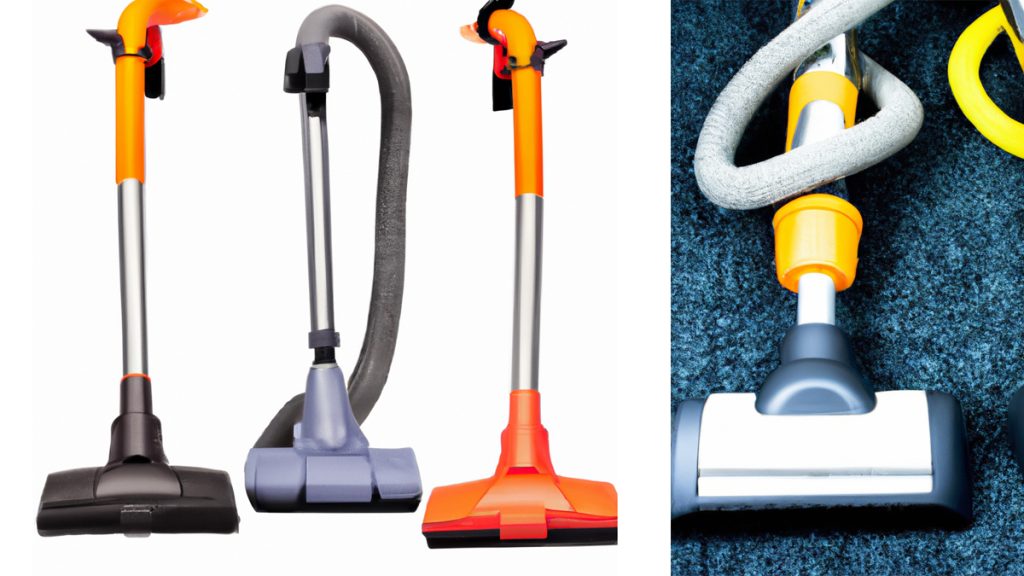
Carpet cleaners are electric cleaning equipment used to clean carpets and rugs. They are designed to remove dirt, stains, and other debris from the fibers of a carpet or rug. Carpet cleaners come in various types, including upright, canister, and handheld models.
How Do Carpet Cleaners Work?
Carpet cleaners work by spraying a cleaning solution onto the carpet or rug and then using brushes or scrubbers to agitate the fibers. This helps to loosen dirt and stains, which are then extracted with a vacuum. Some carpet cleaners also have a hot water feature, which helps to break down stains more effectively.
Types of Carpet Cleaners
Upright carpet cleaners are the most common type and are ideal for large, open areas. They often come with a long hose and attachments for cleaning stairs and upholstery. Canister carpet cleaners are similar to upright models but are more compact and easier to maneuver. Handheld carpet cleaners are smaller and more portable, making them ideal for spot cleaning and hard-to-reach areas.
Advantages and Disadvantages of Carpet Cleaners
Carpet cleaners have several advantages, including that they are more effective than traditional vacuum cleaners at removing dirt and stains. They can also help to prolong the life of your carpet or rug by removing debris that can cause damage over time. However, they can be expensive and require regular maintenance to function properly.
5. Steam Cleaners
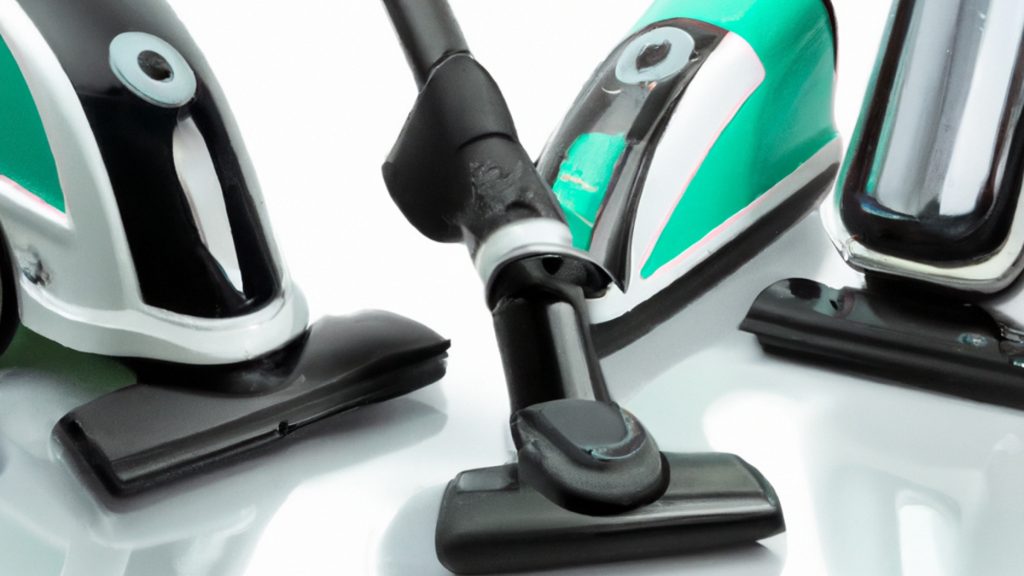
Electric cleaning equipment has revolutionized the way we clean our homes and workplaces. With the rise of eco-friendly and efficient cleaning methods, steam cleaners have become increasingly popular. In this blog section, we will explore what steam cleaners are, how they work, their different types, as well as their advantages and disadvantages.
What are Steam Cleaners?
Steam cleaners are electric cleaning devices that use hot water vapor to clean and sanitize surfaces. They are highly effective in removing dirt, grime, and stains without the use of chemicals, making them an eco-friendly option for cleaning. Steam cleaners come in various sizes and designs and are suitable for cleaning floors, carpets, upholstery, and even kitchen appliances.
How do Steam Cleaners Work?
Steam cleaners work by heating water to high temperatures to generate steam. The steam is then released through a nozzle or brush attachment, which is directed onto the surface being cleaned. The heat and pressure of the steam break down the dirt and grime, making it easier to lift and remove from the surface. Some steam cleaners also come with a vacuum function that sucks up dirt and moisture, leaving the surface clean and dry.
Different Types of Steam Cleaners
There are different types of steam cleaners available in the market, each with its unique features and functions. The most common types of steam cleaners are:
1. Handheld steam cleaners: These are small and portable steam cleaners that are perfect for quick cleaning tasks such as spot cleaning and sanitizing.
2. Cylinder steam cleaners: These are larger steam cleaners with a cylinder-shaped body and a long hose. They are suitable for cleaning floors, carpets, and upholstery.
3. Steam mops: These are steam cleaners designed for cleaning floors. They come with a mop head attachment that can be used on different types of flooring.
Advantages of Steam Cleaners
One of the main advantages of steam cleaners is that they clean and sanitize surfaces without the use of chemicals. This makes them an eco-friendly option that is safe for use around children and pets. Steam cleaners are also highly effective in removing stubborn stains and dirt, making cleaning tasks much easier and faster. Additionally, they can kill up to 99% of bacteria and germs, making them ideal for households with allergy sufferers.
Disadvantages of Steam Cleaners
Despite their many advantages, steam cleaners have some drawbacks. Firstly, they can be expensive compared to other cleaning methods. Secondly, they require a power source to operate, which can limit their use in certain areas. Lastly, they can cause damage to delicate surfaces such as wood and laminate flooring if not used correctly.
6. Air Purifiers
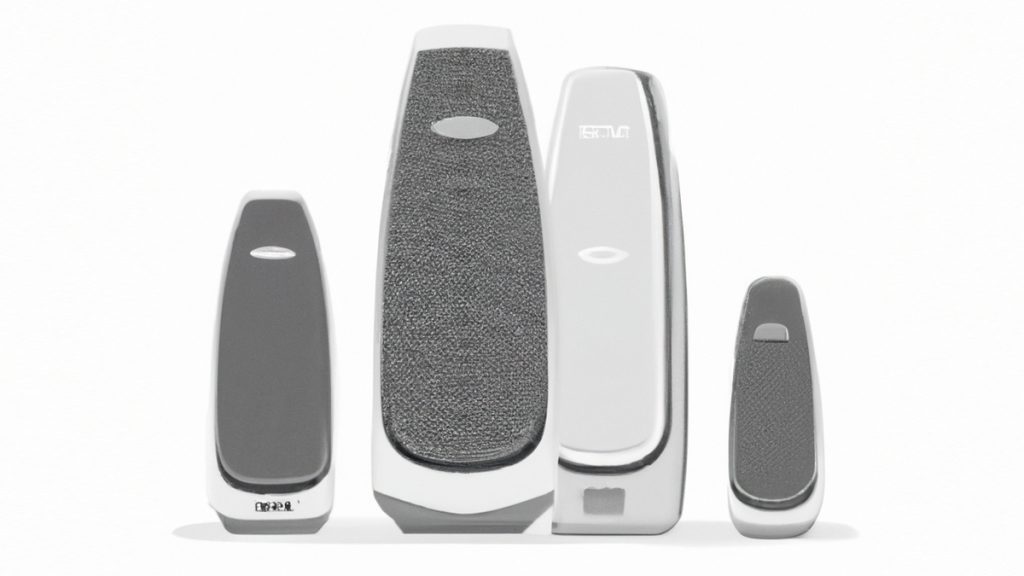
Air purifiers have become increasingly popular in recent years as people become more concerned with the air quality in their homes and workplaces. These devices work by removing pollutants and contaminants from the air, helping to create a healthier environment for those who use them. In this blog section, we will discuss what air purifiers are, how they work, their different types, and their advantages and disadvantages.
What Are Air Purifiers?
Air purifiers, also known as air cleaners, are devices that remove pollutants and contaminants from the air. They are used to improve indoor air quality, which can have a significant impact on health, especially for those with allergies or respiratory issues. Air purifiers come in various shapes and sizes, and they can be portable or installed as part of a building’s HVAC system.
How Do Air Purifiers Work?
Air purifiers work by using different technologies to capture and remove pollutants from the air. One of the most common methods is through filtration. Air is drawn into the purifier and passed through a filter that traps pollutants such as dust, pollen, and pet dander. Some purifiers also use activated carbon filters to remove odors and volatile organic compounds (VOCs).
Another method used by air purifiers is ionization. These devices emit negatively charged ions that attach themselves to positively charged particles in the air, causing them to become too heavy to remain airborne. The particles then fall to the ground, where they can be easily vacuumed or swept away.
Different Types of Air Purifiers
There are several different types of air purifiers available, each with its own set of advantages and disadvantages. The most common types include:
HEPA Filters: These purifiers use high-efficiency particulate air (HEPA) filters to remove 99.97% of airborne particles as small as 0.3 microns.
Activated Carbon Filters: These purifiers use activated carbon filters to remove odors and VOCs.
UV-C Light: These purifiers use ultraviolet-C (UV-C) light to kill bacteria and viruses in the air.
Ionic Purifiers: These purifiers emit negatively charged ions that attract and trap pollutants in the air.
Advantages and Disadvantages of Air Purifiers
Air purifiers offer several advantages, including improved indoor air quality, reduced allergy symptoms, and a healthier living or working environment. However, there are also some disadvantages to consider. For example, air purifiers can be expensive to purchase and operate, and they may not be effective against all types of pollutants. Additionally, some types of air purifiers, such as those that use ionization, can produce ozone, which can be harmful to human health.
7. Electric Dusters
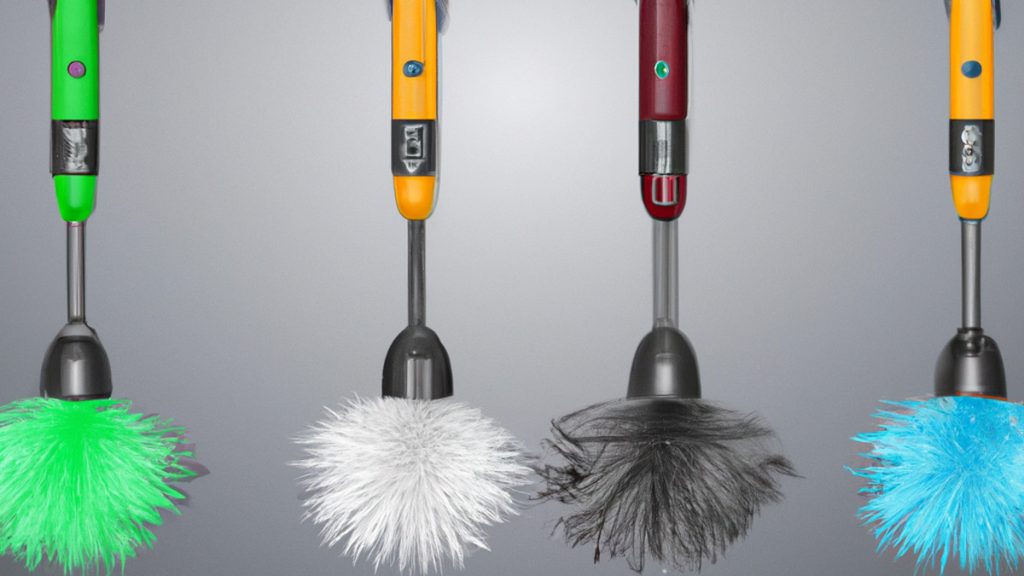
When it comes to cleaning equipment, there are a variety of options available in the market. One such option is electric dusters, which have gained popularity in recent years due to their efficiency and ease of use. In this blog section, we will explore what electric dusters are, how they work, their different types, as well as their advantages and disadvantages.
What Are Electric Dusters?
Electric dusters are electronic devices that blow air out of a nozzle to clean dust and debris from surfaces. They are designed to replace traditional compressed air cans that are used for cleaning electronics, computer keyboards, and other delicate items. Electric dusters are corded or cordless and come in various sizes and shapes to cater to different cleaning needs.
How Do They Work and What Are Their Types?
Electric dusters work by using a fan to generate a powerful stream of air, which is then directed through a nozzle to blow away dust and debris. They come in two main types: handheld and backpack.
Handheld electric dusters are small, lightweight, and easy to maneuver, making them ideal for cleaning small spaces or electronics. They are powered by rechargeable batteries or an AC adapter and usually have multiple speed settings to adjust the airflow.
Backpack electric dusters, on the other hand, are larger and more powerful, making them suitable for commercial or industrial cleaning tasks. They are worn like a backpack and have a long hose with a nozzle at the end. Backpack electric dusters are typically corded and have more powerful motors than handheld models, allowing them to blast away even the most stubborn dirt and debris.
Advantages and Disadvantages of Electric Dusters
Like any cleaning tool, electric dusters have their pros and cons. Here are some advantages and disadvantages of using electric dusters:
Advantages:
- Environmentally friendly: Unlike canned air, electric dusters do not use any harmful chemicals or gases, making them an eco-friendly option.
- Cost-effective: Electric dusters are a one-time investment that can save money in the long run, as they do not require any replacement cans or cartridges.
- Versatile: Electric dusters can be used to clean a variety of surfaces and objects, from keyboards and electronics to furniture and carpets.
Disadvantages:
- Limited power: Handheld electric dusters may not be powerful enough to remove heavy dirt or debris from larger surfaces.
- Noise: Electric dusters can be quite loud, causing disturbance to people around you.
- Risk of damage: If not used carefully, electric dusters can cause damage to delicate surfaces or electronics.
8. Robot Cleaners
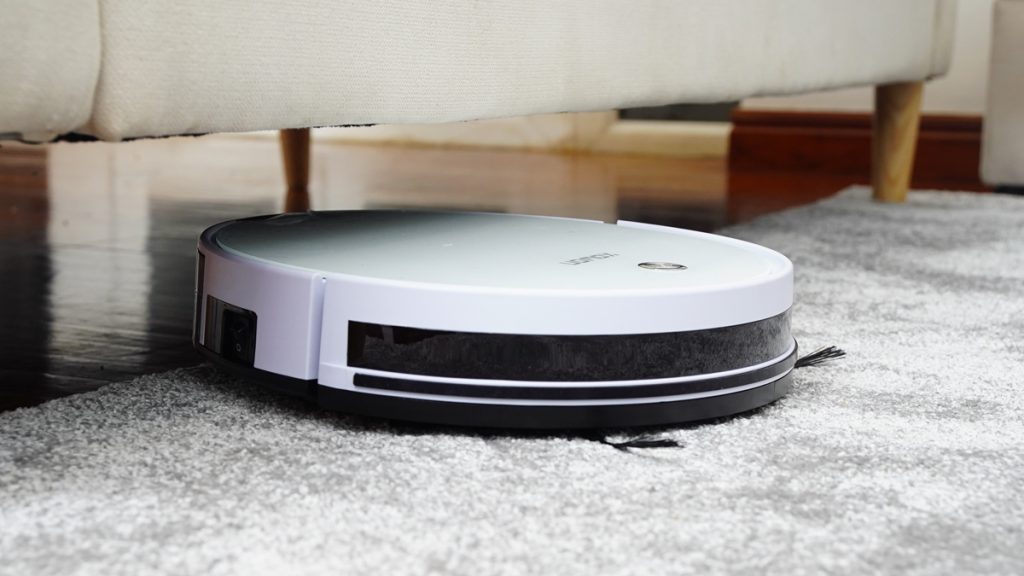
Robot cleaners are a type of electric cleaning equipment that has gained popularity in recent years. They are small, autonomous devices that can navigate around your home or office, cleaning as they go. These machines are equipped with sensors and software that enable them to detect obstacles and navigate around them. In this blog section, we will discuss what robot cleaners are, how they work, their different types, as well as their advantages and disadvantages.
How do Robot Cleaners Work?
Robot cleaners work by using a combination of sensors, motors, and software to navigate around your home or office. They are equipped with a variety of sensors, including optical sensors, infrared sensors, and bumper sensors, which allow them to detect obstacles and navigate around them. The software that runs on these machines is designed to help them make decisions about where to go and what to clean. Some robot cleaners even have advanced features like mapping, which allows them to create a map of your home and clean it more efficiently.
Different Types of Robot Cleaners
There are several different types of robot cleaners available on the market today. The most common types include:
1. Robotic Vacuum Cleaners: These are the most common type of robot cleaners. They are designed to navigate around your home, sucking up dirt and debris as they go.
2. Robotic Mops: These are similar to vacuum cleaners but are designed to mop floors instead of vacuuming them.
3. Combination Cleaners: These are robot cleaners that combine both vacuuming and mopping functions.
Advantages and Disadvantages of Robot Cleaners
One of the biggest advantages of robot cleaners is that they can save you time and effort. Instead of spending hours cleaning your home or office, you can simply set your robot cleaner to work and let it do the job for you. Robot cleaners are also very efficient, as they can clean areas that are difficult for humans to reach.
However, there are also some disadvantages to using robot cleaners. One of the biggest drawbacks is that they can be expensive, especially if you opt for a high-end model. Additionally, some models may not be as effective at cleaning as others, and they may struggle with certain types of flooring or debris.
Conclusion
Having a complete equipment list will help you best organize daily chores. Modern-day technology has transformed many pieces of cleaning equipment to make them much more efficient, safer, lighter, and easier to handle. Using better products and equipment can also make a big difference in your health and the environment. Therefore, it is essential to check the cleaning cupboard and update your kit regularly.



